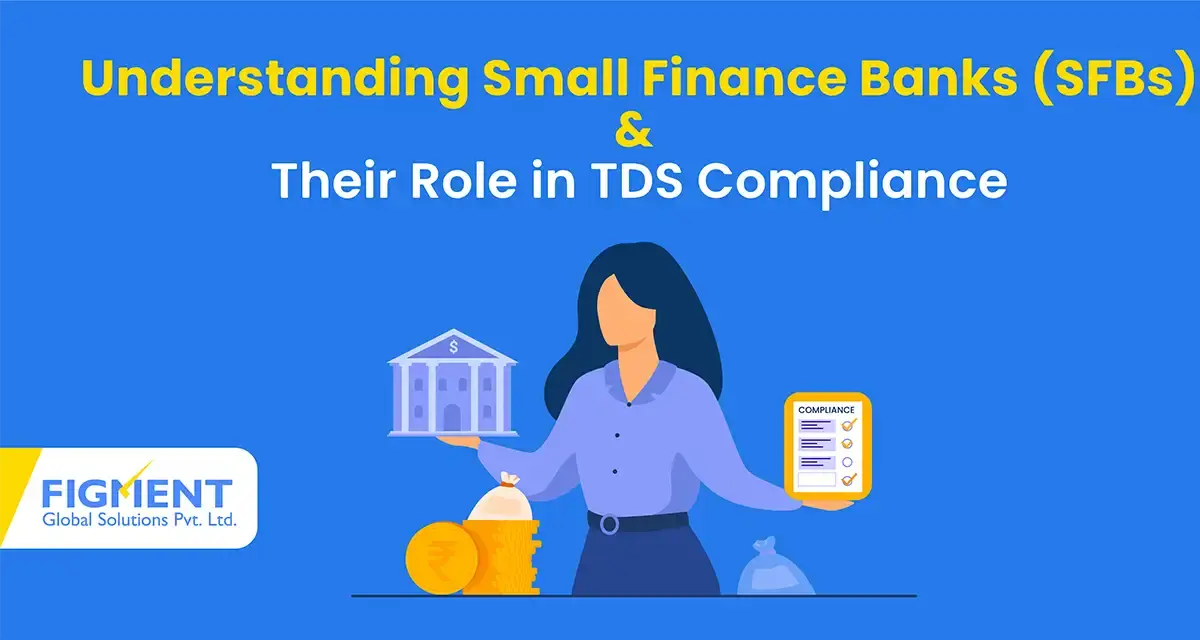Small Finance Banks (SFBs) play a crucial role in financial inclusion by extending banking services to underserved and unbanked sections of society. Established in 2015 by the Reserve Bank of India (RBI), these banks focus on providing essential financial services to individuals, small businesses, and rural populations, particularly those who have limited or no access to traditional banking services.
What Are Small Finance Banks?
Small finance banks are designed to offer a wide range of banking services, including savings accounts, current accounts, fixed deposits, microloans, and agricultural loans. Their primary goal is to meet the needs of low-income groups, small businesses, and rural areas, fostering financial inclusion. Here are some essential aspects of SFBs:
1. Target Audience:
Small finance banks cater to individuals, small businesses, and low-income groups in rural and underbanked areas.
Services Offered:
SFBs provide basic banking services, including savings and current accounts, fixed deposits, and loans. They also offer microloans and agricultural loans.
Regulation:
Regulated by the RBI, SFBs must adhere to strict guidelines to maintain financial stability and protect consumer interests.
Capital Requirements:
SFBs must maintain a minimum capital of ₹100 crore as per RBI guidelines and focus on priority sector lending, such as loans for agriculture, small businesses, and other underserved sectors.
Ownership:
These banks can be set up by private companies, microfinance institutions, non-banking financial companies (NBFCs), or cooperatives, with a strong emphasis on financial inclusion.
Lending Focus:
A significant portion of an SFB’s loan portfolio must be directed toward the priority sector, including agriculture and small and medium enterprises (SMEs).
Ensuring TDS Compliance in Small Finance Banks (SFBs)
Tax Deducted at Source (TDS) compliance is a vital responsibility for small finance banks, especially as they handle transactions involving interest payments, professional services, and various other financial products. The following steps outline how SFBs ensure TDS compliance:
1. Automated TDS Calculation and Deduction
Automation: Small finance banks use automated systems integrated with their banking software to ensure accurate TDS calculation at the time of interest payments or other qualifying transactions.
Efficiency: These systems ensure error-free and timely deductions in accordance with the income tax regulations.
2. TDS Remittance to the Government
SFBs are responsible for remitting the deducted TDS to the Income Tax Department through Challan 281.
Timely Remittance: The tax must be remitted within the prescribed deadlines to avoid penalties and interest for late payment.
3. TDS Return Filing
Small Finance Banks are required to file quarterly TDS returns using Form 26Q for non-salaried payments. The returns contain details such as:
- The tax is deducted from interest payments.
- Tax is deducted on professional fees.
- Tax is deducted from rent and other payments.
- These returns must be filed accurately to ensure proper reporting to the Income Tax Department.
4. Customer Communication and Education
SFBs actively engage with customers to ensure they understand the TDS deduction process and how to claim refunds. They also assist customers in filing Form 15G/15H to avoid TDS in cases where the customer’s income is below the taxable limit.
Challenges in TDS Compliance for Small Finance Banks
Ensuring smooth TDS compliance can be challenging for small finance banks, as they face several obstacles, including:
1. Timely Deduction and Remittance
One of the major challenges is ensuring that TDS is deducted on time and remitted to the government within deadlines, as delays could lead to penalties.
2. Maintaining Accurate Records
SFBs handle a large number of transactions across various customer segments. Accurate record-keeping is crucial to ensure compliance and avoid discrepancies.
3. Compliance with Changing Tax Laws
Tax laws and TDS rates are subject to change, especially after the Union Budget. SFBs must continuously update their systems to ensure they comply with the latest tax regulations.
4. Reconciliation with Income Tax Department
Regular reconciliation of TDS records with the Income Tax Department’s database (Form 26AS) is essential to ensure that no discrepancies exist between what has been deducted and what the department has recorded.
Systems and Processes for TDS Compliance in Small Finance Banks
To ensure smooth and accurate TDS compliance, small finance banks implement the following systems:
Automated Banking Software: SFBs use integrated banking software that automatically handles TDS calculation, deduction, and reporting.
Integration with Tax Authorities: The bank’s system is designed to generate reports that can be uploaded to the Income Tax Department’s portal for filing returns.
Compliance Monitoring: Banks have dedicated teams or automated systems that track deadlines for remittance and filing to avoid delays and penalties.
Customer Communication: Automated systems send out TDS certificates to customers and assist them with the TDS filing process.
Conclusion
Small finance banks play a pivotal role in financial inclusion, ensuring that unbanked populations have access to essential banking services. With a strong focus on TDS compliance, these banks ensure that all tax deductions are properly calculated, remitted, and reported. By leveraging automated systems and effective communication, small finance banks not only streamline their operations but also assist customers in fulfilling their tax obligations, thereby promoting transparency and efficiency in the banking sector.







